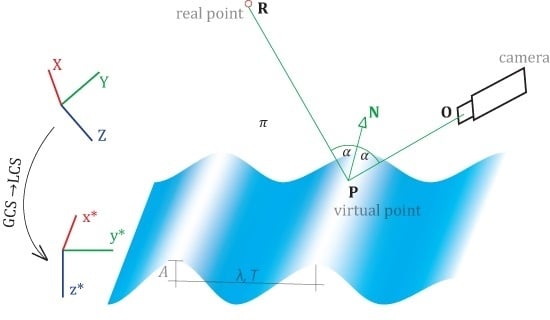Sinusoidal Wave Estimation Using Photogrammetry and Short Video Sequences
Abstract
Share and Cite
Rupnik, E.; Jansa, J.; Pfeifer, N. Sinusoidal Wave Estimation Using Photogrammetry and Short Video Sequences. Sensors 2015, 15, 30784-30809. https://doi.org/10.3390/s151229828
Rupnik E, Jansa J, Pfeifer N. Sinusoidal Wave Estimation Using Photogrammetry and Short Video Sequences. Sensors. 2015; 15(12):30784-30809. https://doi.org/10.3390/s151229828
Chicago/Turabian StyleRupnik, Ewelina, Josef Jansa, and Norbert Pfeifer. 2015. "Sinusoidal Wave Estimation Using Photogrammetry and Short Video Sequences" Sensors 15, no. 12: 30784-30809. https://doi.org/10.3390/s151229828
APA StyleRupnik, E., Jansa, J., & Pfeifer, N. (2015). Sinusoidal Wave Estimation Using Photogrammetry and Short Video Sequences. Sensors, 15(12), 30784-30809. https://doi.org/10.3390/s151229828







